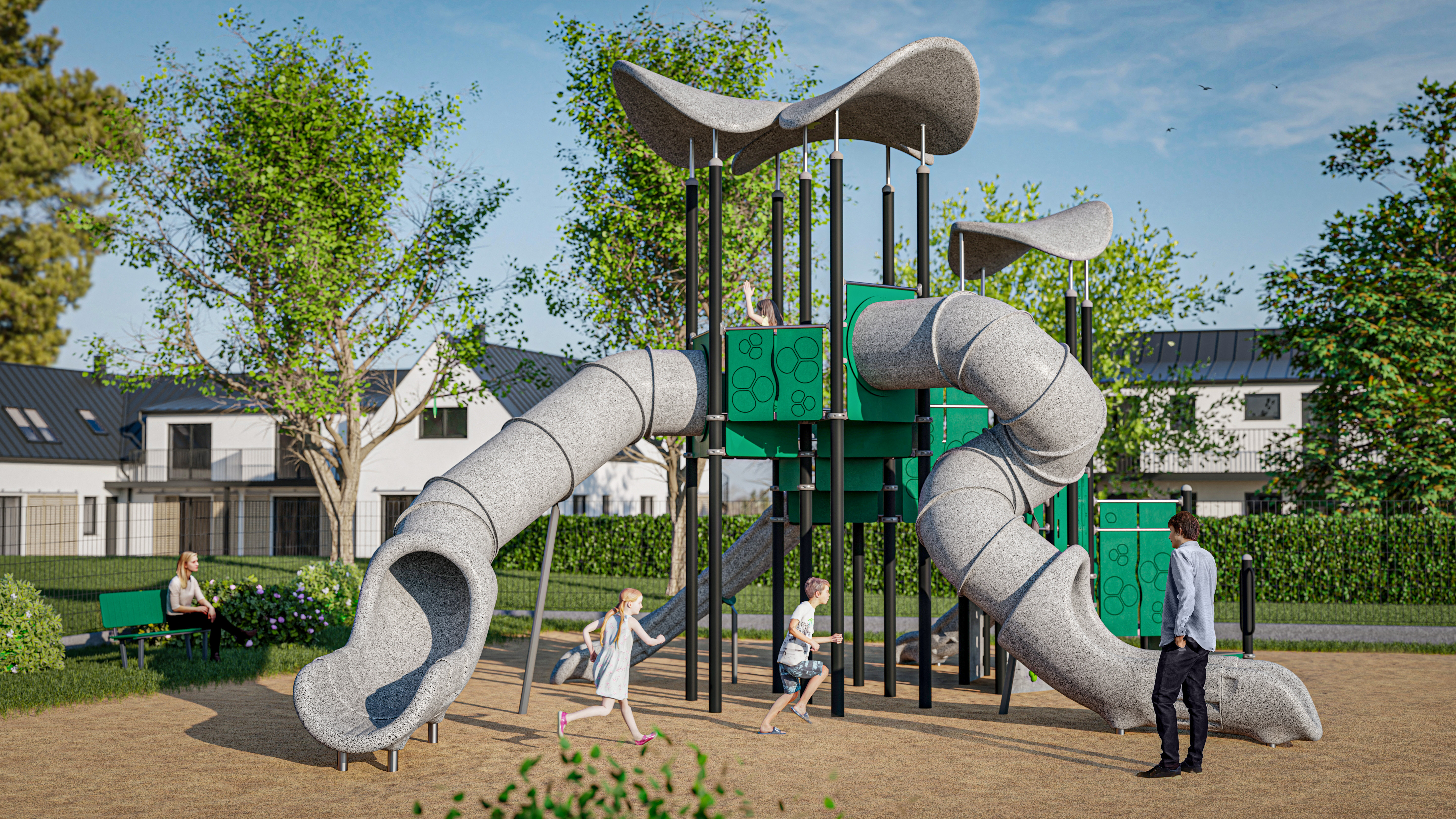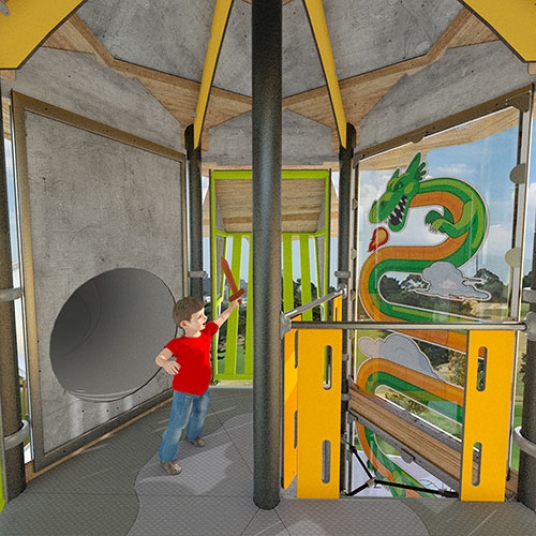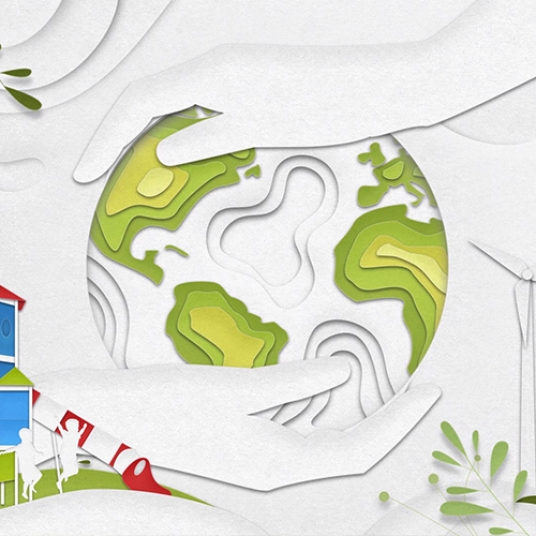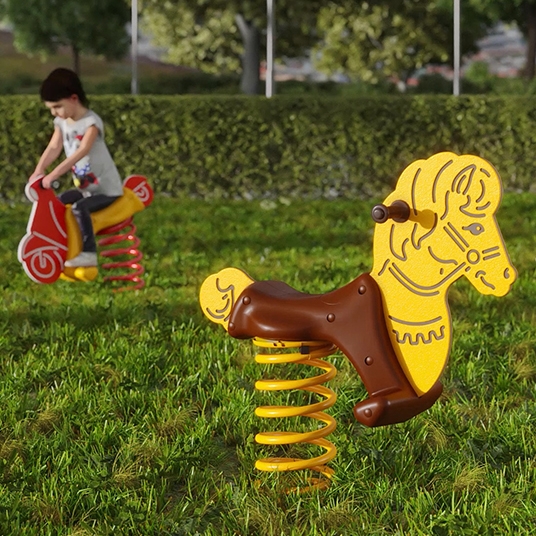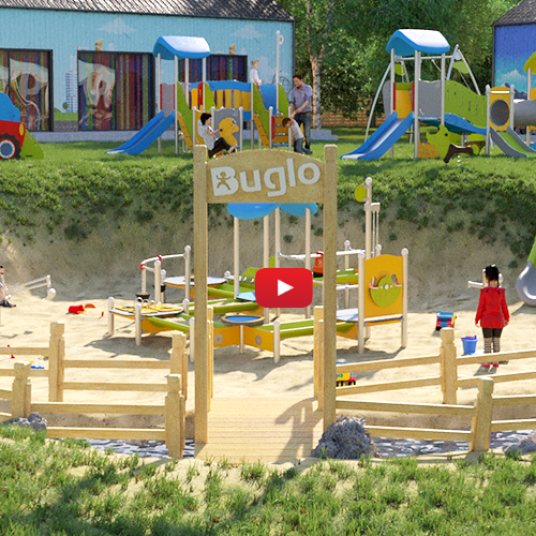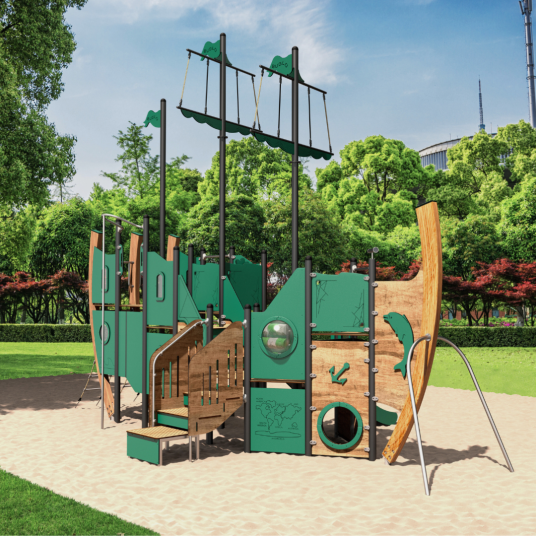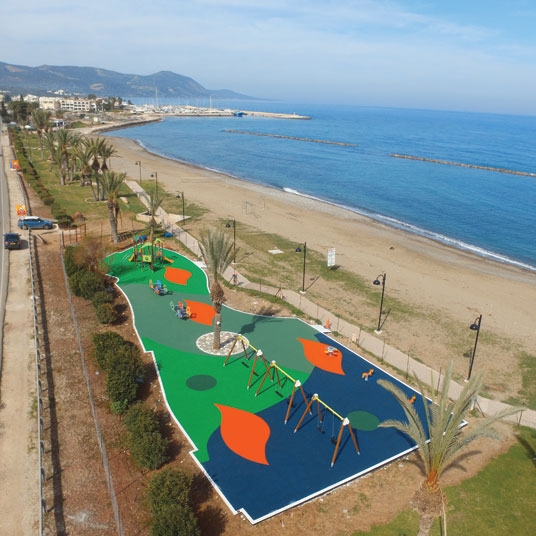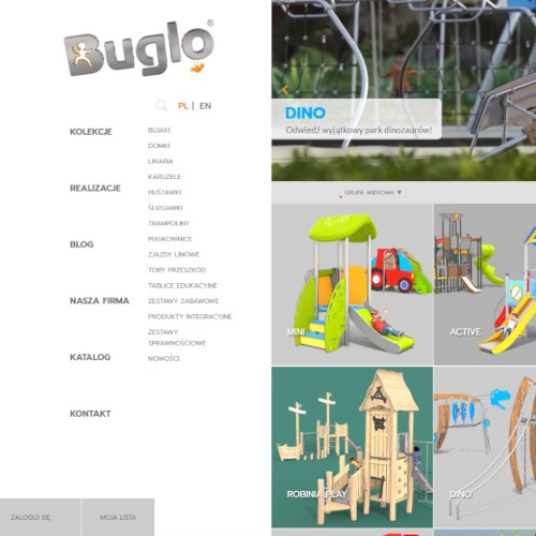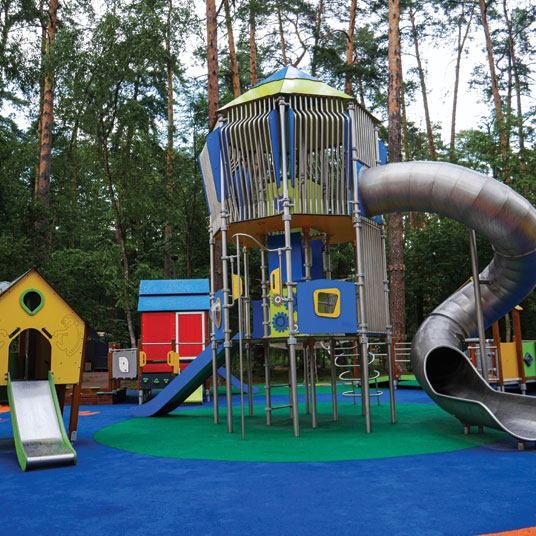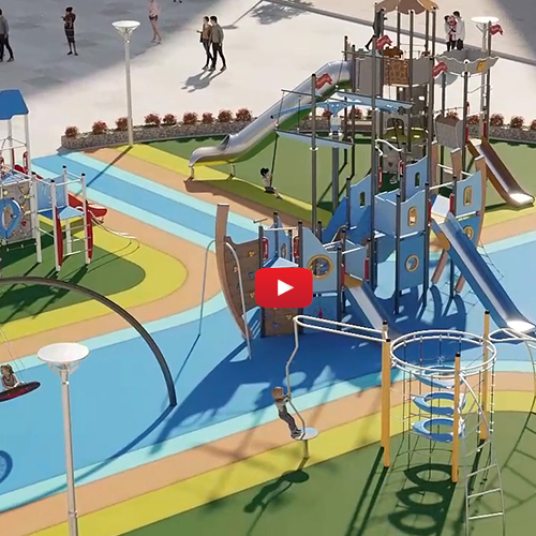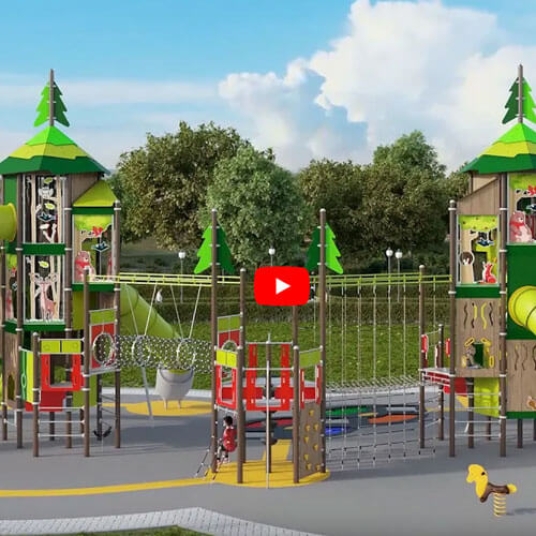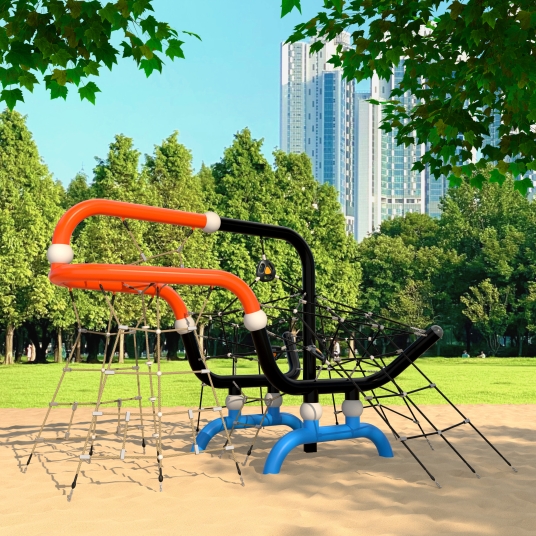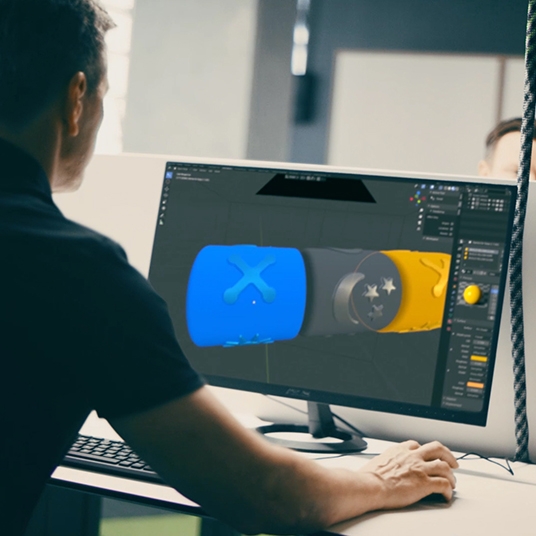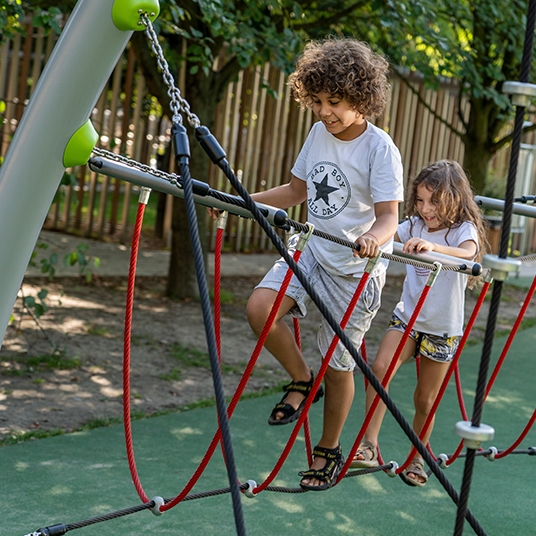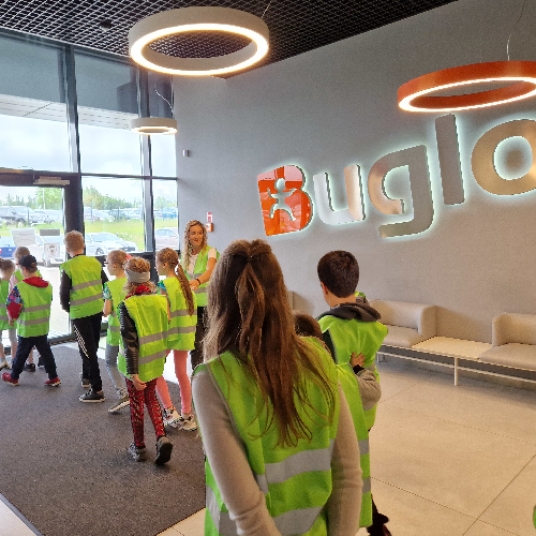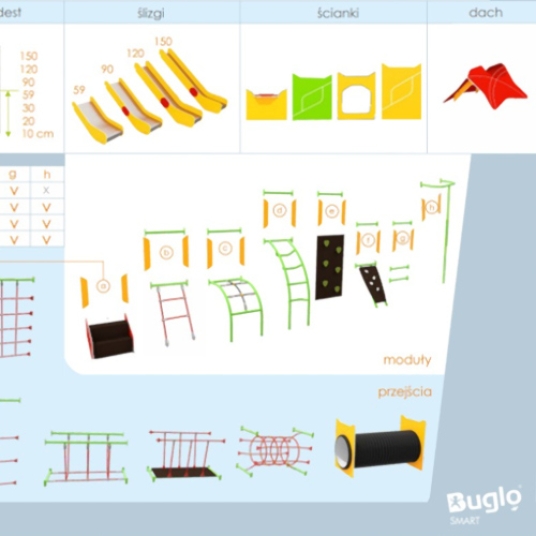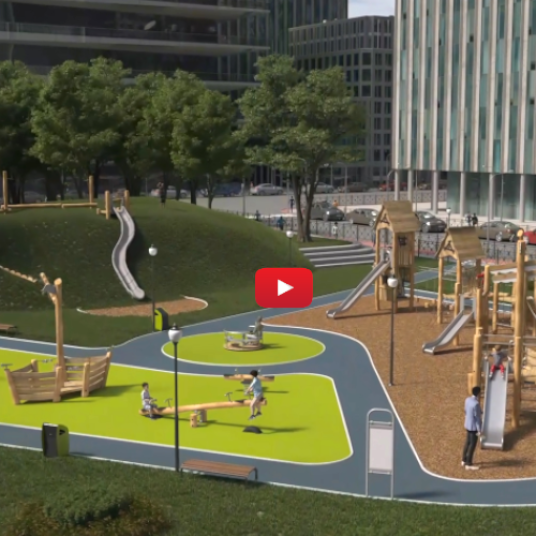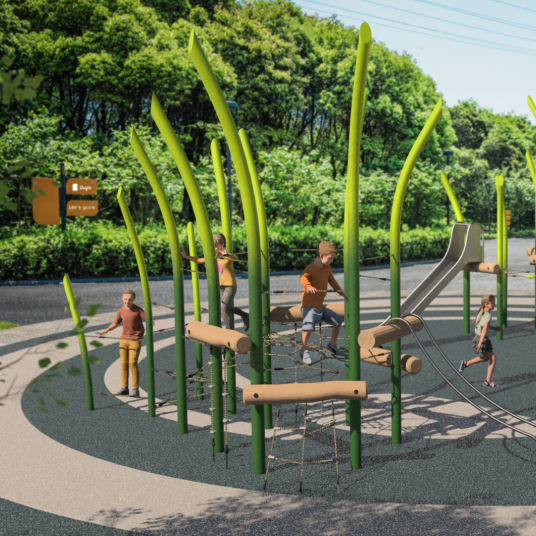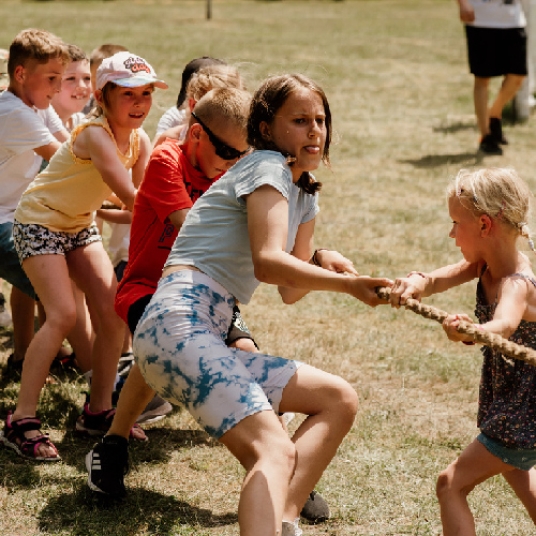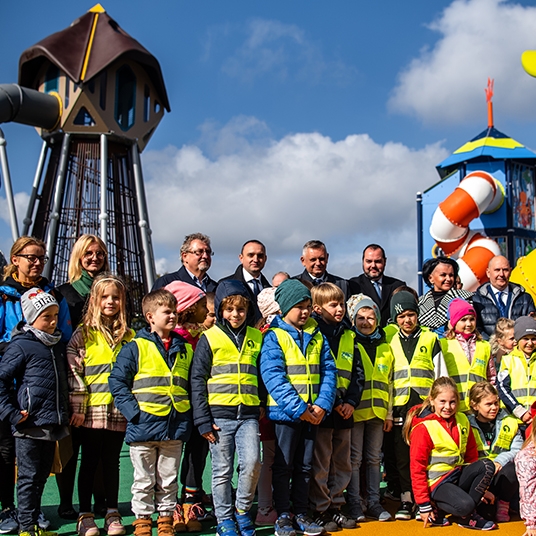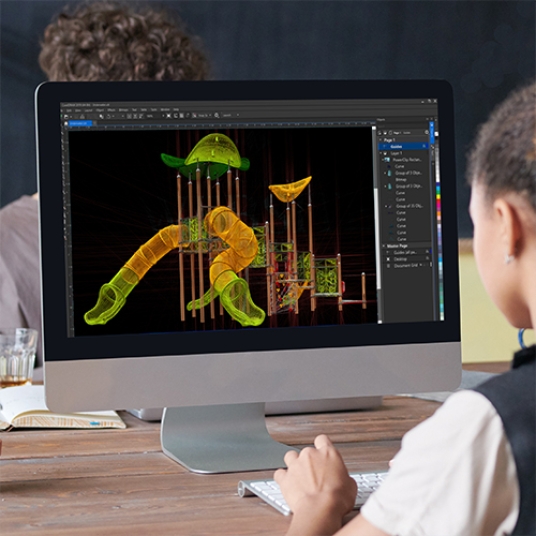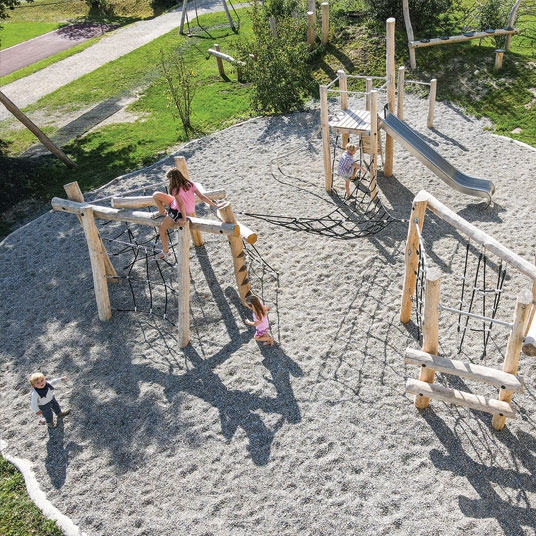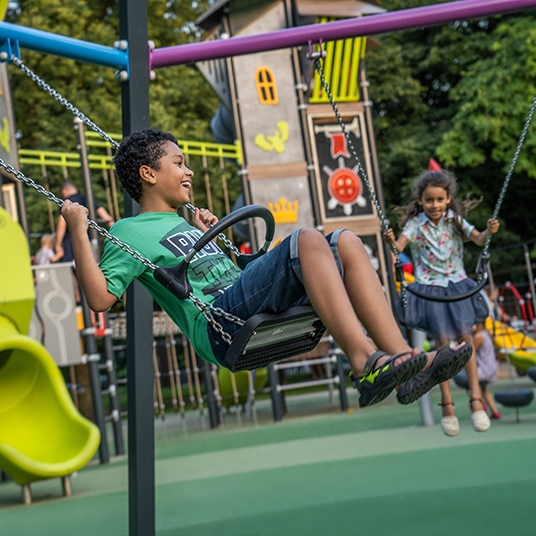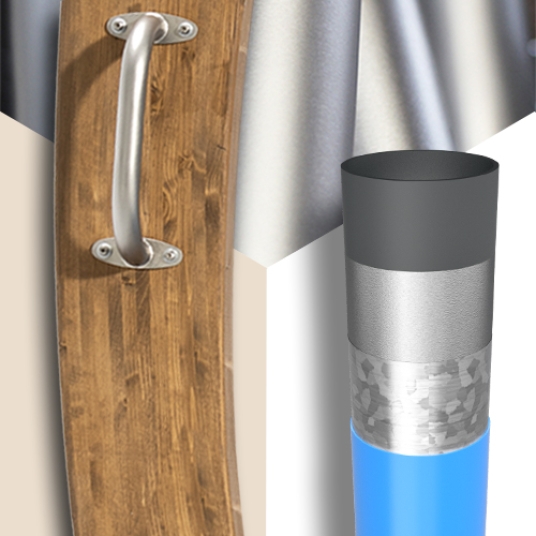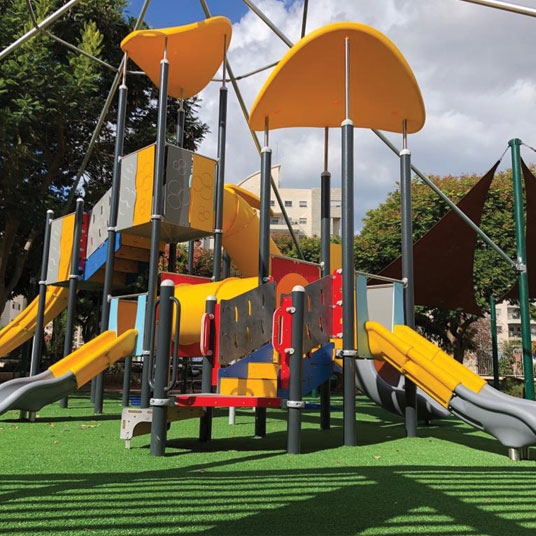The 'philosophy of recycling' fascinated the designers at Buglo, a manufacturer of playgrounds and outdoor fitness equipment. Months of research and testing to create equipment from recycled materials, turn out, to become whole new recycling line.
The recycling line is a nod to nature. Constant global pollution increasing led Buglo's, as significant company to look for ways to reduce it. The use of reprocessed materials in production and the choice of more environmentally friendly materials has proven to be an interesting trend.
"The well-being of children is a top priority for us," says Bartosz Krzeminski, CEO of Buglo Play. - In our playgrounds, we focus not only on the joy of play, but also on the development of young children and the environment in which they live. We want to play an active role in reducing pollution and reducing our own and previous generations' debt to our children and grandchildren. We wondered how we could contribute to improving it. It turned out that recycled and natural materials could be used in playgrounds. This direction turned out to be very interesting and completely absorbed us.
In the search for suitable materials that would be environmentally friendly on the one hand and meet sustainability, durability and safety standards on the other, a number of materials were selected that met all the requirements. Therefore, the wall panels of the recycling line equipment are made from material obtained by processing fishing nets caught in the seas and oceans, which remain in water bodies and endanger the creatures that live there. The steel components are manufactured from recycled steel. This solution reduces the carbon footprint by up to 86% and reduces air and water pollution. The plastic used in the rotational moulding process has been replaced by biopolymers made up of up to 50% sugar cane. The plant absorbs CO2 during growth, reducing carbon levels in the atmosphere.
Furthermore, even natural materials are gathered from environmentally friendly sources. The wood used for the poles comes from FSC-certified, sustainably grown plants. The certificate assures that timber is harvested in a way that limits forest resource degradation and minimises human activities' negative impacts on climate.
"Some of the materials used in production, such as steel or biopolymers, can be recycled and reused in the future," says Lukasz Karaszewski, the founder of Buglo Play. - I believe that such solutions will, over time, globally change how we think about the materials already available. Instead of continuing to produce them, we will learn to recycle those currently littering the planet. This is what I wish for myself and for younger generations. I believe our actions will contribute to a global change in attitudes towards recycling.
<style="margin-left: 20px; margin-right: 250px">;Today, almost all products of the Buglo range, are available in a recycling variants. The designers have ensured that the equipment in the collection is visually coherent. Its colour scheme refers to the colours of nature. The predominant colour is green, also different shades of grey and natural wood. All this highlights the value of nature around us and reminds us that small everyday choices are crucial in the fight for the planet's well-being.
"I see a lot of potential in recycled playground design," says Natalia Paja, designer and owner of Outside Studio. - It's a way to make a simple contribution to protecting our planet, while creating exciting and attractive places for children to play and spend time with family and friends. Such playgrounds create unique and child-friendly spaces that are attractive not only because of the objects, but also because of the natural landscapes and forms that allow children to learn and explore. Designing naturalistic complexes is also essential for urban development and spatial planning, as it can help create more sustainable and environmentally friendly cities. - Natalia Paja explains.
More about the Recycling line at: www.buglo.pl/en/recycled-line



